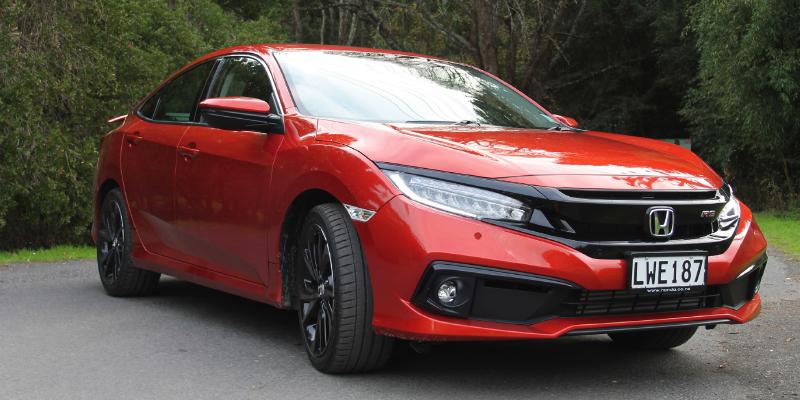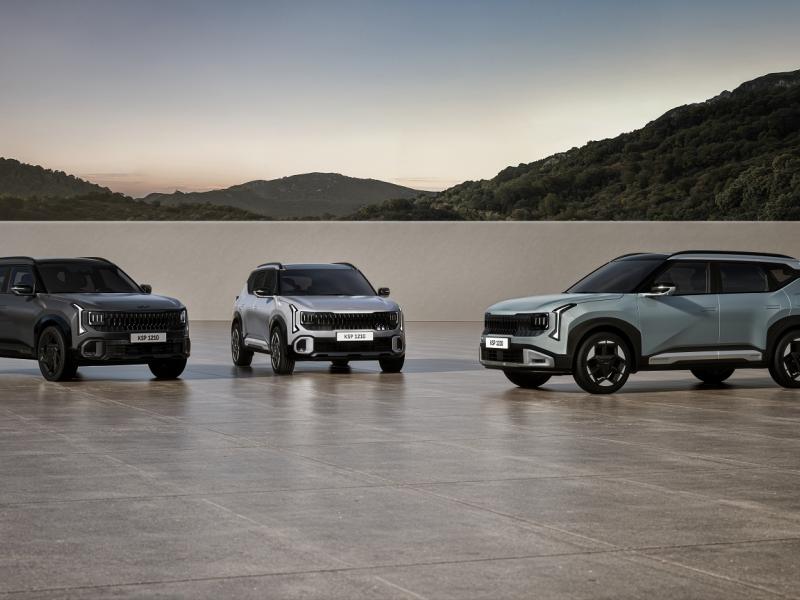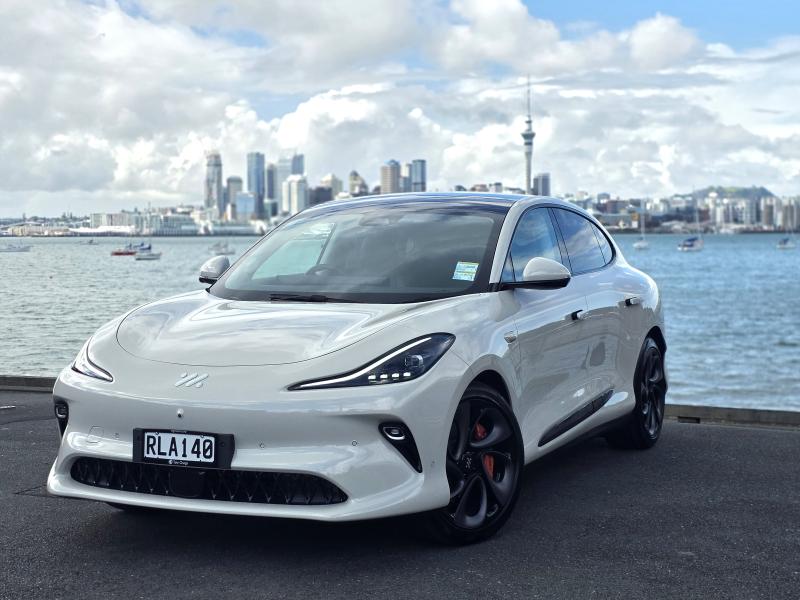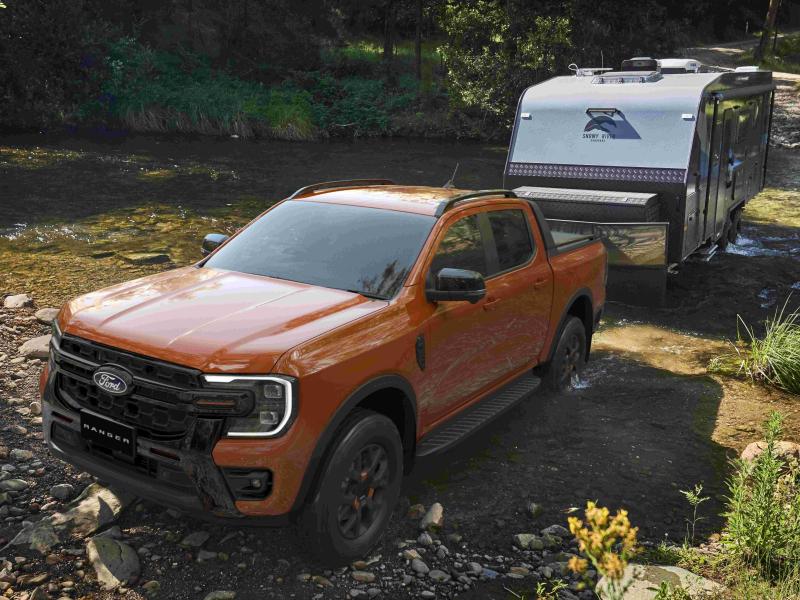Technically in the Small under $40,000 category, the Honda Civic Sedan RS Sensing is one of Honda’s biggest steps forward in specification.
Honda’s longest serving nameplate with 10 generations history behind it, has seen a cosmetic tickle up and the inclusion of Honda’s Sensing Active Safety tech.
The ‟sensing suite” is the collection of features such as lane departure warning, adaptive cruise control with low-speed follow, lane keep assist system, road departure mitigation, forward collision warning, collision mitigation braking system and auto high beam support system.
Isn’t a lane keep assist system (LKAS) and road departure mitigation (RDM) the same thing? No – not quite.
LKAS pushes the car back into the centre of the lane if it detects a veering of the car. RDM identifies road markings to detect if the car is about to leave the road and engages if LKAS is insufficient to keep the car on the road. Complimentary systems you might say.
The Sensing suite also offers auto high beam for the first time. The other systems are not as abrupt as those supplied by other manufacturers, having an almost ‘gentle’ application.
This is quite normal for Honda but, given the brand has only recently returned to the limelight with a comprehensive and competitively priced, selection of vehicles – of which the Civic RS Sensing is a great example – we’ll forgive you if you didn’t know.
The Civic RS runs on 235/40 ZR18 95Y Michelin Pilot Sport 4 rubber, wrapped around 18-inch alloy wheels for improved grip and more responsive handling. The tyres are also deliciously quiet.
The front bumper has been redesigned with a new lower grille, with a piano black upper grille, lower grille garnishes and fog light surrounds.
It IS a good-looking car though, well balanced, with a great looking front end, comfortable-in-my-own-skin middle section and oh yes, the somewhat polarising RS end, (which could use a few toning sessions at the car gym IMHO).
Honda has also added auto folding mirrors, which work as you put your hand on the door handle to lock/unlock the car.
The real work has happened on the inside, where the RS model especially has subtly stunning leather seats. Comfortable, yes. Functional, yes. But this is the first time I’ve looked at leather (heated) seats and said, “you know, that design is so good I wish my bottom looked better to complement it.”
Honda has rationalised the seven-inch touchscreen to include hard touch buttons for a more “intuitive user experience”.
There is a multi-functional steering wheel to give you connectivity via Apple CarPlay and Android Auto as well as all the information vital to your driving performance, including how much boost the turbo is providing.
And under the bonnet? Here you’ll find a turbocharged VTEC engine, with an in keeping with Earth Dream philosophy of 1.5 litre displacement.
The RS Sensing then runs on the equivalent of a shaken-up bottle of Coca Cola. Fizzy for a while, but soft and sugary the longer you leave the cap off.
You will, however, be able to cruise comfortably at open road speeds sipping away at around seven litres per 100km (real world figure. Honda quotes 6.3).
Priced at $39,990, the Civic RS Sensing sedan makes a lot of sense, compared to its immediate competition.
At list price, with a five-year unlimited km and transferable warranty with five-year national roadside assist, the peace of mind equation is good enough to merit a very close look at the Civic RS Sensing.
Crunch the numbers and compare like for like, and you’ll see the advantages Honda offers.






